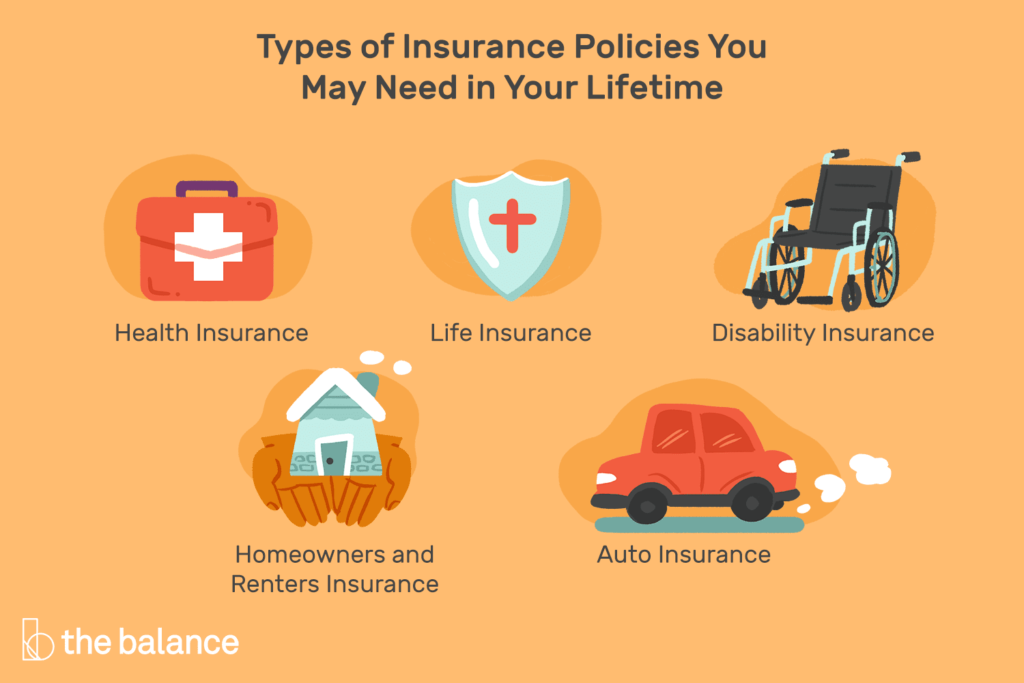
Insurance serves as a crucial financial safety net, providing protection against unforeseen events that can lead to significant financial loss. By pooling risks among many individuals, insurance companies enable policyholders to mitigate the financial burden associated with accidents, illnesses, and other unexpected incidents. The four primary types of insurance—Health, Auto, Life, and Home—are essential for safeguarding personal and financial well-being. This article aims to provide a comprehensive guide to understanding these insurance types, helping individuals make informed decisions tailored to their unique needs.
Health Insurance
Health insurance is a type of coverage that pays for medical expenses incurred due to illnesses or injuries. It is essential for protecting individuals from high healthcare costs, which can be financially devastating without insurance. Health insurance plans typically fall into several categories:
- Health Maintenance Organizations (HMOs): These plans require members to choose a primary care physician and obtain referrals for specialists. They often have lower premiums but less flexibility in choosing healthcare providers.
- Preferred Provider Organizations (PPOs): PPOs offer more flexibility in selecting healthcare providers and do not require referrals for specialists. However, they usually come with higher premiums and out-of-pocket costs.
- High-Deductible Health Plans (HDHPs): These plans have lower premiums but higher deductibles, making them suitable for individuals who are generally healthy and want to save on monthly costs.
When selecting a health insurance plan, key considerations include the extent of coverage, monthly premiums, deductibles, and the network of healthcare providers available. It is vital to assess personal health needs and financial situations to choose a plan that balances cost and coverage effectively.
Auto Insurance
Auto insurance is designed to protect individuals from financial losses resulting from vehicle-related accidents. It is not only a legal requirement in most states but also a critical safeguard against liabilities. The main types of auto insurance coverage include:
- Liability Coverage: This covers damages to other vehicles and medical expenses for injuries caused to others in an accident where the policyholder is at fault.
- Collision Coverage: This pays for repairs to the policyholder’s vehicle after an accident, regardless of fault.
- Comprehensive Coverage: This protects against non-collision-related incidents, such as theft, vandalism, or natural disasters.
- Uninsured/Underinsured Motorist Coverage: This provides protection if the policyholder is involved in an accident with a driver who lacks sufficient insurance.
When choosing an auto insurance policy, factors such as driving habits, vehicle type, and state requirements should be considered. Comparing quotes from different insurers can also help in finding the best coverage at an affordable price.
Life Insurance
Life insurance is a financial product that provides monetary benefits to beneficiaries upon the policyholder’s death. It plays a vital role in ensuring financial security for dependents and can be categorized into two main types:
- Term Life Insurance: This type offers coverage for a specified period (e.g., 10, 20, or 30 years) and typically has lower premiums. It is ideal for individuals seeking coverage during critical financial years, such as while raising children or paying off a mortgage.
- Whole Life Insurance: This offers lifelong coverage with a cash value component that grows over time. While it comes with higher premiums, it can serve as an investment vehicle as well as a death benefit.
When selecting a life insurance policy, important factors to consider include the coverage amount, premium costs, and the length of coverage desired. It is advisable to calculate potential future financial needs, such as mortgage payments, education costs, and daily living expenses, to determine the appropriate coverage level.
Home Insurance
Home insurance protects homeowners against financial losses related to their property and personal belongings. It typically includes several key components:
- Dwelling Coverage: This protects the structure of the home against risks such as fire, theft, and natural disasters.
- Personal Property Coverage: This covers personal belongings within the home, such as furniture, electronics, and clothing.
- Liability Protection: This provides coverage for legal responsibilities if someone is injured on the homeowner’s property.
When evaluating home insurance policies, homeowners should consider factors such as the value of their home, location, and specific coverage needs. It is crucial to review policy limits and exclusions to ensure adequate protection against potential risks.
Conclusion
Understanding the different types of insurance—Health, Auto, Life, and Home—is essential for individuals seeking to protect their assets and financial well-being. Each type serves a specific purpose and addresses unique risks, making it vital to assess personal needs and circumstances when selecting coverage. Consulting with insurance professionals can provide valuable insights and help individuals make informed decisions about their insurance options. By securing the right insurance policies, individuals can safeguard their financial future and ensure peace of mind in the face of life’s uncertainties.